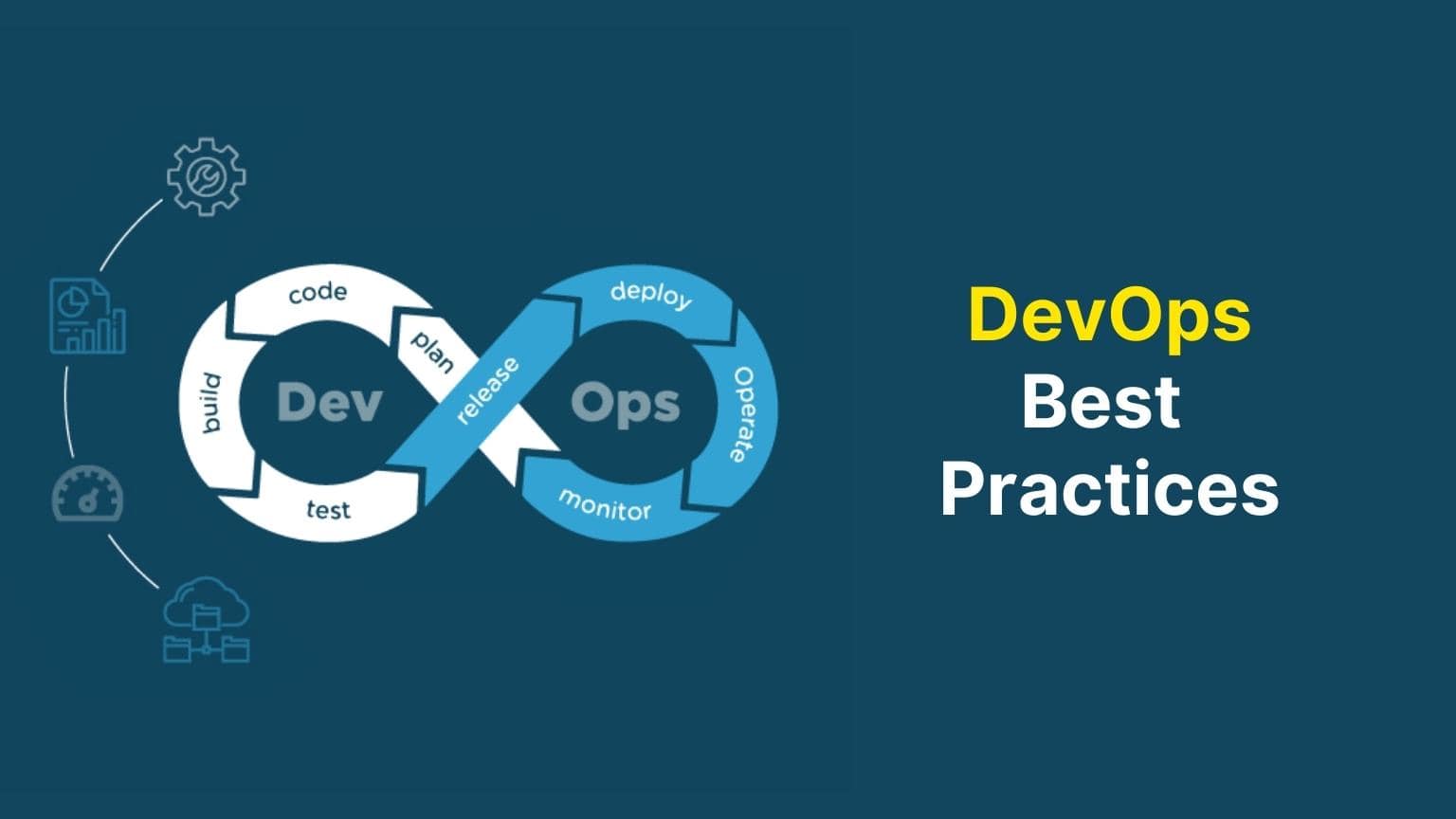
If there is one aspect we are familiar with when people mention DevOps, the phrase itself is too extensive to have any actual effects. We must disintegrate DevOps into small chunks and address the Software Development circulation one phase at a time. If you have problems messaging DevOps in your company, you should use this criterion.
The 7 Main Practices of DevOps are;
1. Configuration Management; is the activity of managing and monitoring transformation to software applying version command in quality and observable manner. The application has two elements: a versioning control software and a quality code depository control plan.
2. Continuous Combination; this application needs inventors to frequently combine code into a divided depository and acquire rapid results on its success during an active upgrade. This is performed as inventors finalize a particular code unit, and it has profitably gone through section testing.
Continuous integration also defines inventing a build a device such as Bamboo that operates after inventor check-in, carries out any examination you have that can perform this build, and issues results to the growth group it worked or failed.
The final target is to make minimal workable chunks of approved and upgraded back into a centralized code repository as often as possible.
3. Computerized Testing; the practice of employing specialized software to manage the implementation of software examinations and the contrast of the feedbacks. Mechanization is depended upon to minimize the burden of operating repetitive tests hand-operated to quicken up the performance of the testing procedure. The tests can involve; unit, security, performance, etc.
4. Continual Delivery; the activity of making every transformation to source code ready for a manufacturing release as soon as computerized examination validates it. This includes automatically constructing, examining, and positioning.
An approach to code acceptance and delivery approval requires to be in a position to ensure that the code can be placed in an industrialized fashion with appropriate compliance relying on the particular requirements of a program. This also defines the same procedure for the lower environments such as QA, UA, etc.
5. Continuous Positioning involves the application that fights to computerize production end to end. For this application to be executed, a group must have extremely high confidence in their automated examinations.
The entire target is that the code will be positioned as long as the construct has passed every computerized test. But, manual procedures in the positioning procedure can be controlled if required.
6. Continuous Observation; continual monitoring is the application of proactively managing, changing, and taking action in main sections to provide groups visibility into the practice’s health in the production area.
7. Infrastructure as Method; this practice is applied to define code, that when carried out, can stand up a whole physical or effective area, including automation and networking framework.
It is an IT base that performance teams can automatically control and provide through code, rather than using a manual procedure through code, rather than applying a manual method.
Conclusion
We Tribis solutions combine cultural philosophies, applications, and devices that maximize an organization’s capacity to deliver practices and services at ranked velocity. As a result, Tribis solutions develop and upgrade items quicker than companies applying traditional software development and infrastructure control procedures.
